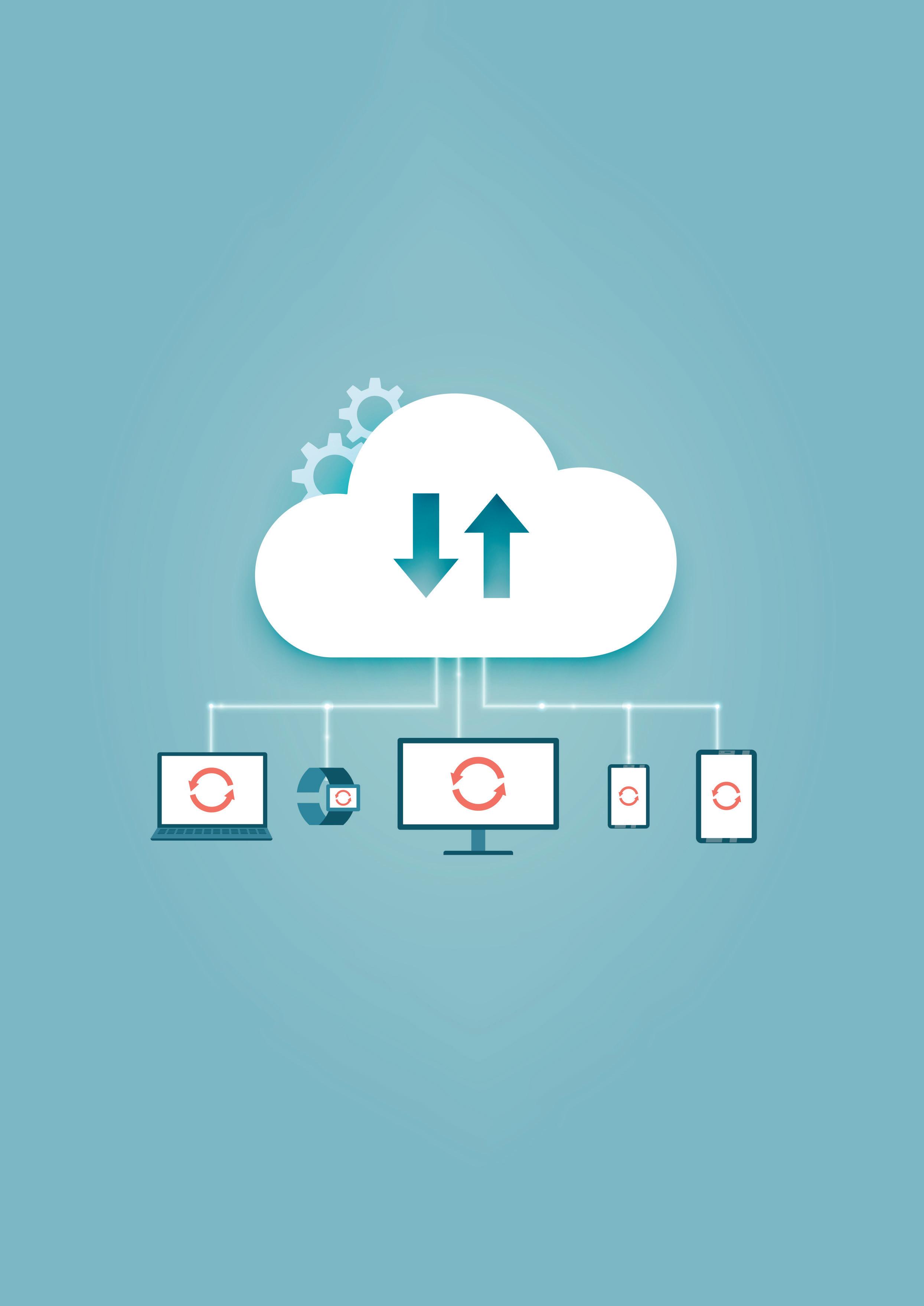
9 minute read
Green solutions for corrosion
Gary Anderson, T.D. Williamson, discusses how remote technologies helped overcome pandemic-related challenges during an inline isolation offshore Nigeria.
As if the normal challenges of offshore oil and gas weren’t enough, when the COVID-19 pandemic restricted travel and created logjams worldwide, it introduced new and unexpected difficulties for operators and service companies alike. It also created opportunities to take a fresh look at the customary ways of doing things.
In the case of an inline isolation project offshore Nigeria in September 2020, the pandemic accelerated the implementation of remote communication technologies – and proved that even requirements long thought of as ‘must haves’ aren’t always mandatory.
The operator, a major global energy company, was facing a deadline that could have been considered extreme under the best of circumstances. They were preparing to change out multiple topside valves on their 32 in. natural gas pipeline, and with
just four weeks to go before the scheduled equipment mobilisation, they needed a safe isolation solution that could be delivered almost immediately.
Speed and safety weren’t the only concerns, however. Among other things, the isolation would have to avoid the expense and disruption associated with depressurising the pipeline or displacing pipeline inventory. The preferred technology would be tetherless, remotely piggable and have in situ post-repair testing capability.
With no time to delay, T.D. Williamson (TDW) employed creative planning, virtual technology and its non-intrusive SmartPlug® inline isolation tool to meet every requirement and overcome pandemic-related hurdles.
TDW has successfully performed more than 330 SmartPlug isolations all over the world, but this was the first in offshore Nigeria. Inline isolation: minimal downtime, no depressurisation The SmartPlug technology, which has Type Approval from DNV, is designed to minimise pipeline production downtime during critical maintenance work. It can safely isolate any section of 8 - 48 in. pipelines, regardless of product. For natural gas pipelines, the SmartPlug system eliminates the need to depressurise product; pipeline inventory can be maintained at operating pressure during the isolation. SmartPlug technology is completely nonintrusive, with the tool designed for loading and retrieval via standard pipeline pig traps.
Because its design is entirely modular, the SmartPlug tool is easily customised to the required project configuration. According to Nick Matthews, Director of SmartPlug Solutions, the tool is typically deployed in its two-module configuration, where it meets the criteria for a true double block isolation. That is, each isolation barrier is independent and can retain full pressure by itself, offering 100% isolation redundancy. In this case, though, a third plug module was incorporated into the tool to allow for in situ post-repair leak testing. “What that means is there is no need to recover and relaunch the tool prior to testing of the repaired section,” Matthews said. “No hydrocarbons will migrate across the sealing elements during this process.”
New ways of doing things It typically takes about three to four months to engineer, assemble, test and ship SmartPlug equipment from the TDW facility in Stavanger, Norway, to its destination anywhere in the world. Not only did TDW have to figure out how to shave nearly 75% off their usual schedule, but they also had to overcome pandemic-related transportation obstacles affecting both people and cargo.
It took quick thinking, cooperation and a willingness to do business differently to get the SmartPlug equipment to the job site on time.
For example, under the prevailing global travel restrictions, a site visit by a TDW engineer, which is a prerequisite for SmartPlug engineering, was out of the question. After working closely with TDW to understand the key technical data required for the engineering phase, the operator’s engineer stood in and, under TDW guidance, captured the pertinent information. The pandemic also affected how the operator and stakeholders would participate and interact in the Factory Acceptance Test (FAT), a critical element in the quality process and the ultimate assurance of tool functionality.
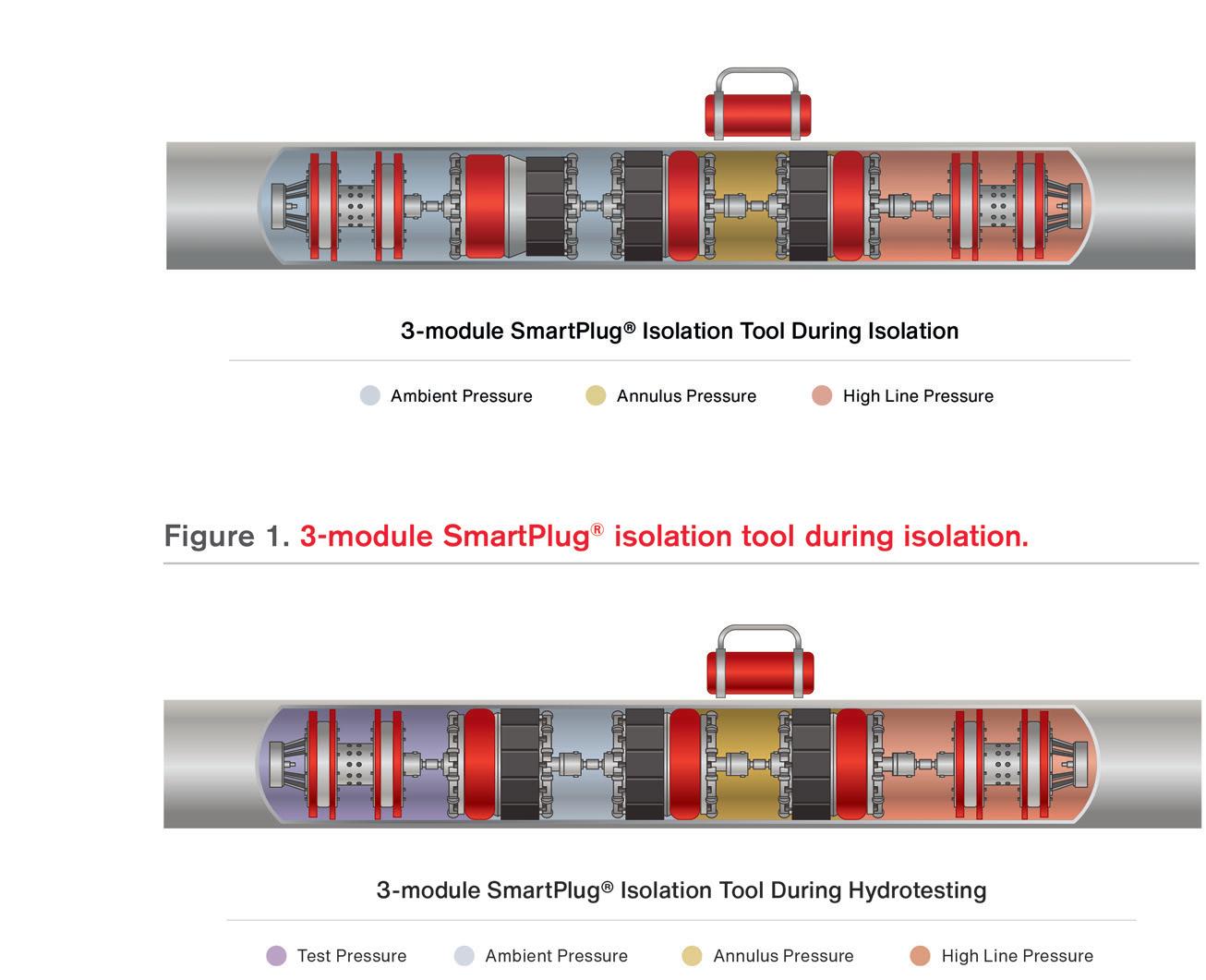

Figure 1. 3-module SmartPlug® isolation tool during isolation.
Figure 2. 3-module SmartPlug isolation tool during hydrotesting.
Figure 3. Tool on board the platform (left) and ready for launching (right).
3-module SmartPlug® Isolation Tool During Hydrotesting
Test Pressure Ambient Pressure Annulus Pressure High Line Pressure
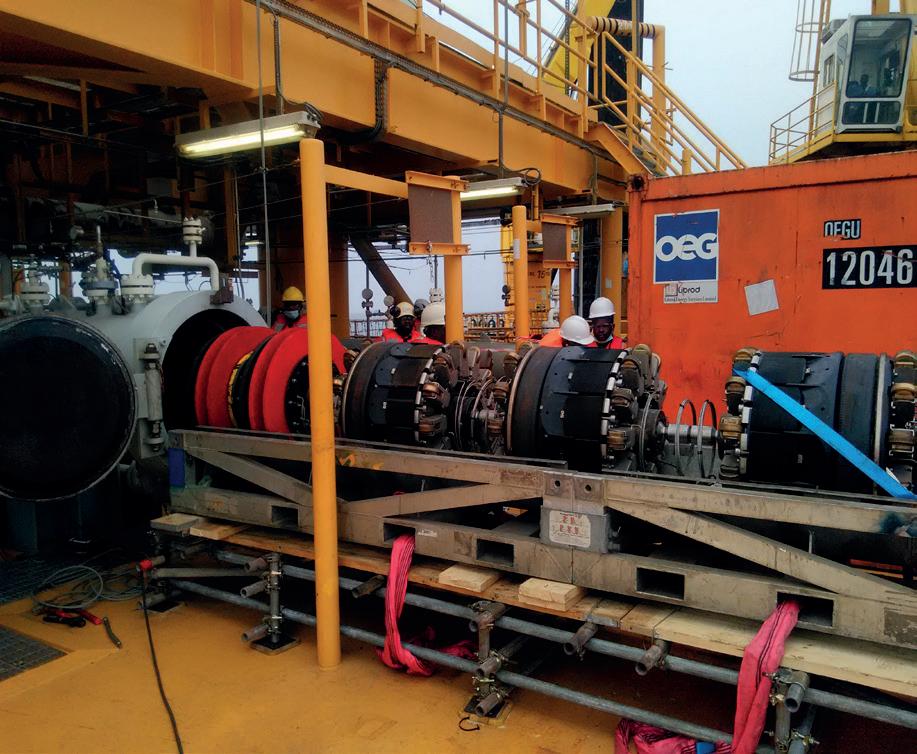

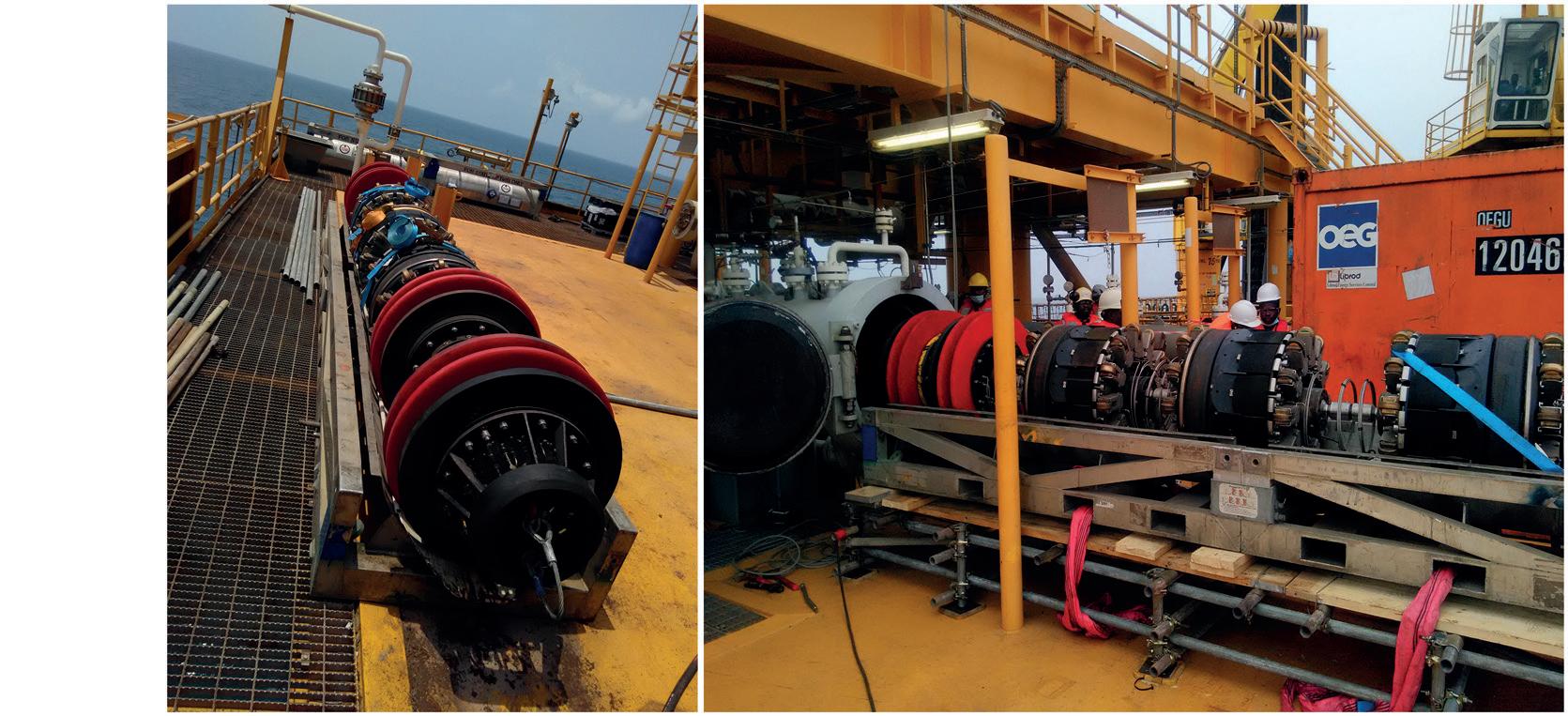
The FAT is performed in the TDW Stavanger workshop prior to tool dispatch. Performed in a test pipe similar to the pipeline that will be isolated, FAT simulates the isolation parameters that the SmartPlug tool will encounter during the operation. During the FAT, each of the tool’s key components is evaluated and verified: the plug modules, the control system that sets and unsets the tool, the SmartTrackTM communications system, and the annulus alarm function that alerts isolation technicians if there’s a pressure build-up between the two isolation plugging modules.
Before COVID-19, it was standard practice for the customer and a third party to witness the test on-site, in person. However, the limitations associated with the pandemic required TDW to fully utilise their innovative technical capabilities, instead.
A video conference allowed the operator’s stakeholders in Nigeria, the Netherlands and the UK to remotely view the test and interact in real time. TDW personnel wore a hands-free, voice-operated video headset that displayed inputs/outputs including live readings from the pressure gauges. Combined with screenshared pressure plots, this allowed all of the attendees to view the FAT and review the data instantaneously. Remote monitoring of the isolation Once the SmartPlug tool and TDW personnel arrived at the job site, TDW crews launched and pigged the tool approximately 50 m (165 ft) from the launcher and set it vertically in the riser splash zone. The tool was set and, after a pre-determined hold period, TDW issued the Isolation Certificate. The two isolation plug modules provided a double barrier to isolate the pipeline contents at 80 bar (1160 psi) line pressure. The topsides were then depressurised, and the repair work was carried out. With the new valves installed, the third (test) plug module was set to allow for in situ pressure testing at 132 bar (1915 psi) to prove a leak-tight installation. Throughout the isolation, the SmartTrack system provided round the clock monitoring. Using extremely low frequency (ELF) signals, the SmartTrack system provides through-wall communication with the SmartPlug tool, irrespective of whether the tool is located topside, subsea or onshore. Not only does that help ensure isolation quality and safety, but it also guarantees an immediate response if isolation parameters are exceeded. In a standard communications setup, there is a hardwired connection between the SmartTrack remote transceiver, which is placed near the SmartPlug tool on
AGRULINE XXL PIPES HDPE PIPING SYSTEM FOR HIGH VOLUME FLOW Outstanding life span Fast and easy installation For high-volume flows High-quality materials Expertise in plastics processing


Heate d to o l
b utt welding machines fr 3 om OD 20 mm up to OD 5 0 0
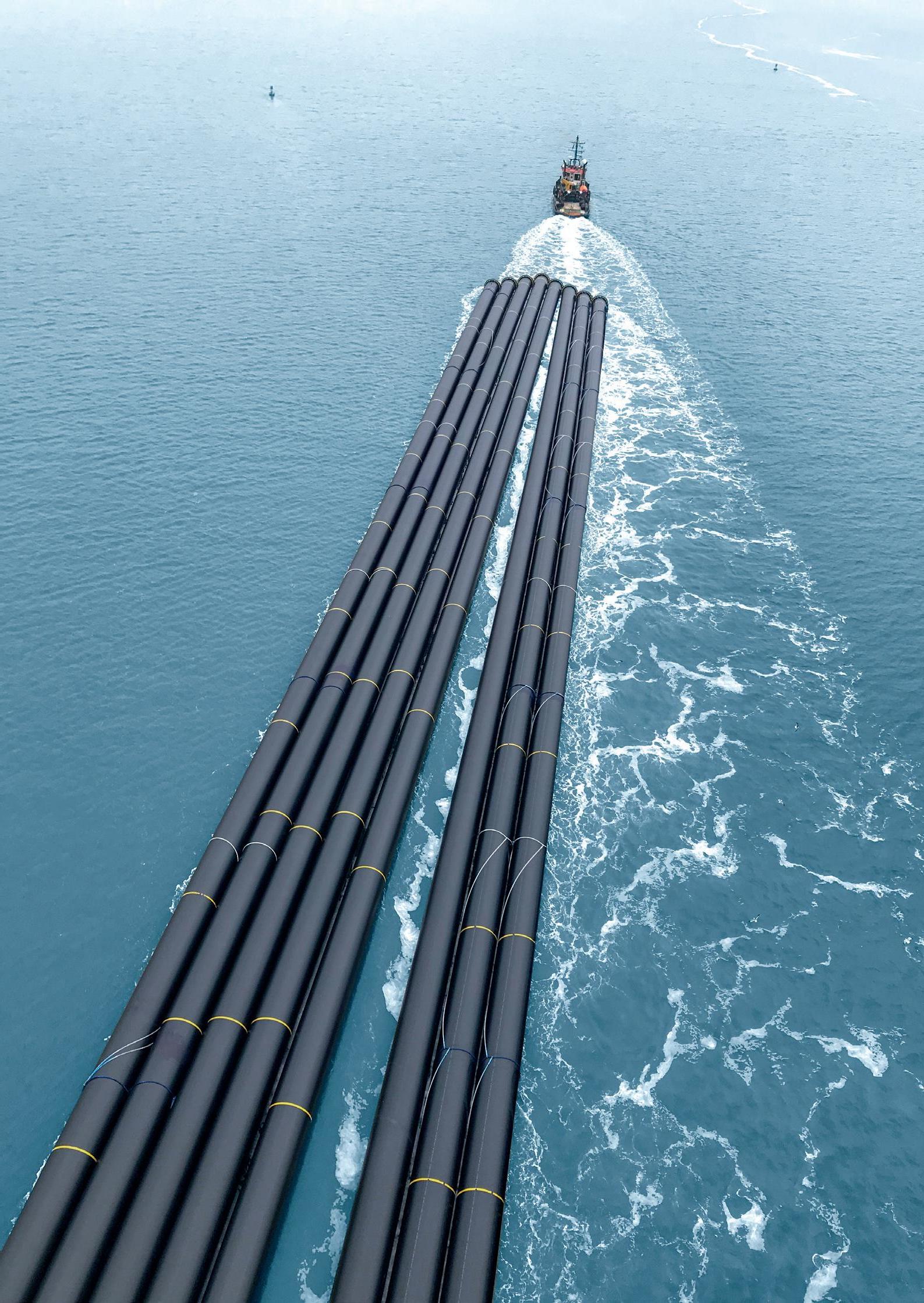
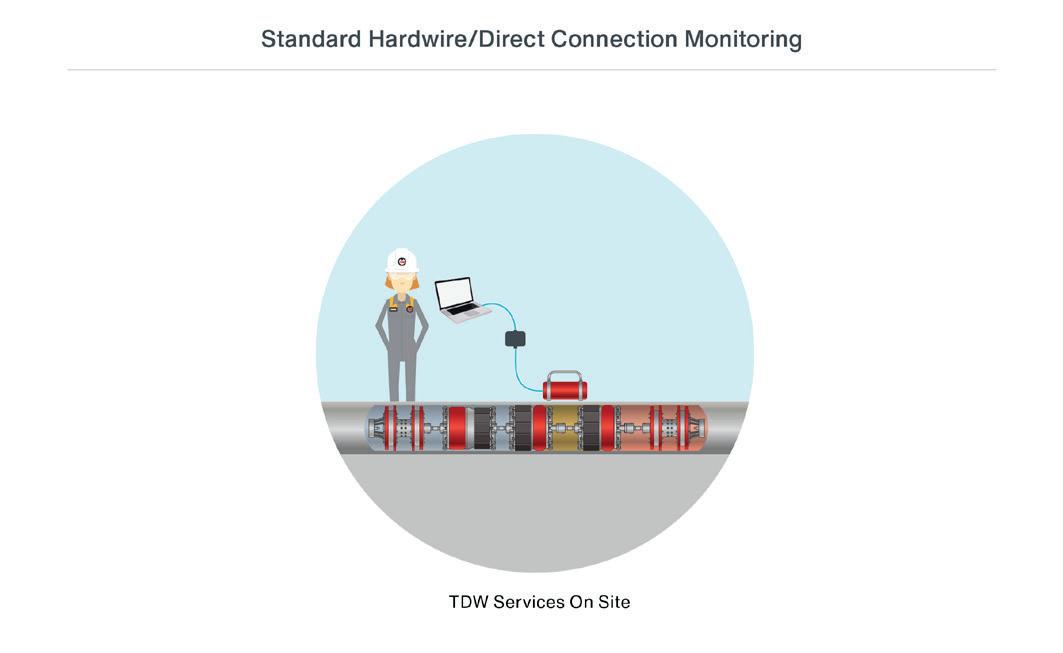
Figure 4. Standard hardwired monitoring set-up.
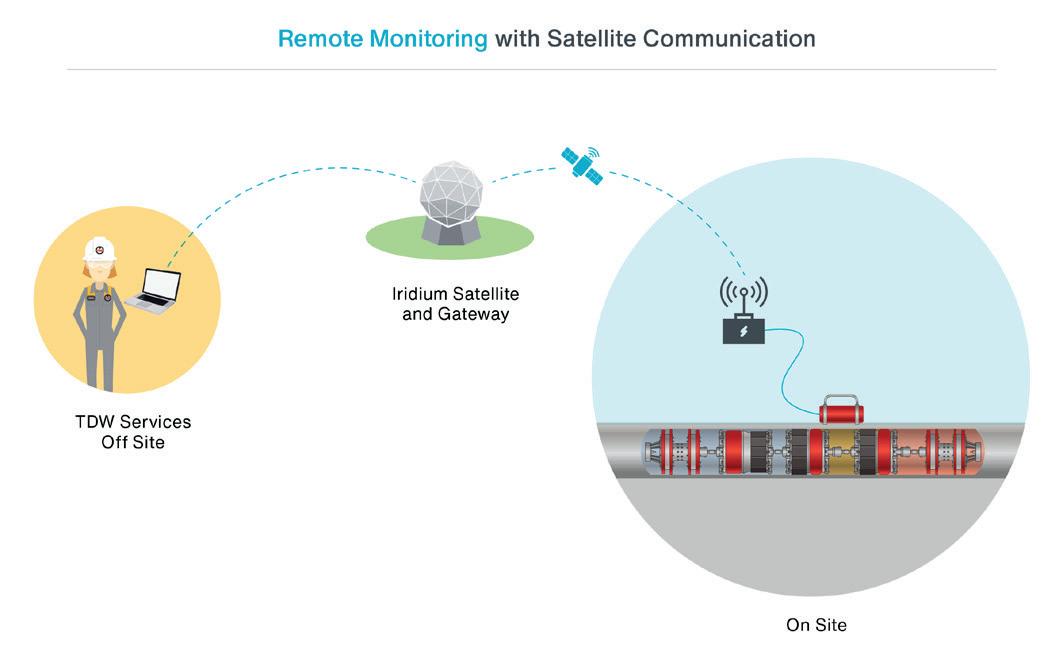
Figure 5. Remote monitoring via satellite.

Figure 6. Remote monitoring via 4G/GSM.
the pipeline, and the operations PC located in the control centre. The remote transceiver sends and receives ELF messages through the pipe wall and proprietary software interprets those messages. Because of cable length limitations, the TDW technician must be present at the control centre on site during monitoring of the isolation.
To enable more flexibility, two systems have been developed to extend the range and allow for unmanned monitoring of the isolation from a distant location: satellite and 4G/GSM.
The choice of 4G versus satellite is governed by the network availability at the job site. Either way, the standard set up junction box and USB cable are replaced with a wireless junction box (WJB). This enables the operations computer to be moved from the site to a remote location anywhere in the world, a capability put to good use during the Nigeria isolation.
With COVID-19 protocols limiting the number of people permitted on site at any one time, and with platform access restricted during certain hours, a TDW technician could monitor the isolation in person only during the day shift. The rest of the time, TDW used an Iridium satellite link to allow a global team, including technicians in Norway and Australia, to monitor the isolation remotely.
When using remote monitoring via satellite, as in this project, the ELF commands are embedded into Iridium short burst data (SBD) messages. In a SmartPlug operation this means all commands and functions can be achieved from a remote location as they would be on site.
Isolation of the 267 km (165 mile) pipeline section remained in place for 32 days, enabling the operator and its local partner to complete the replacement of three main valves within the shutdown period.
“Using our unique technology and in partnership with the operator and its local partner, TDW delivered a safe and successful inline isolation within schedule,” Matthews said.
Managing the ‘must haves’
None of the technologies that facilitated the isolation are new. Video conferencing has been available for some time and TDW has used remote FAT witnessing and satellite/4G monitoring before, but the demands of 2020 accelerated their broader acceptance and deployment.
Where it was long thought that a site visit had to be done in person by a TDW engineer, that a FAT had to be to be witnessed physically, and that personnel had to be on site to monitor the isolation tool, the fact is, as long as there are good alternatives, it is possible to perform a job safely and successfully even in fairly uncharted waters. “This pandemic has forced us all to rethink the traditional ways we go about our business, from communication with our clients as well as within our own organisation, and also in the way we utilise remote technologies at our disposal,” TDW Project Manager Morgan Swanlund said.
While few situations have been as disruptive as the pandemic, it’s not the first time TDW has had to adapt to business NOT as usual. Given how rapidly the world is changing, it’s unlikely to be the last. TDW expects more remote activities will follow, especially as the energy industry increasingly embraces digitisation. Through teamwork, innovation and agility, it’s possible to rise to emerging challenges and establish a ‘new normal’ while maintaining a safe and fully controlled process.









